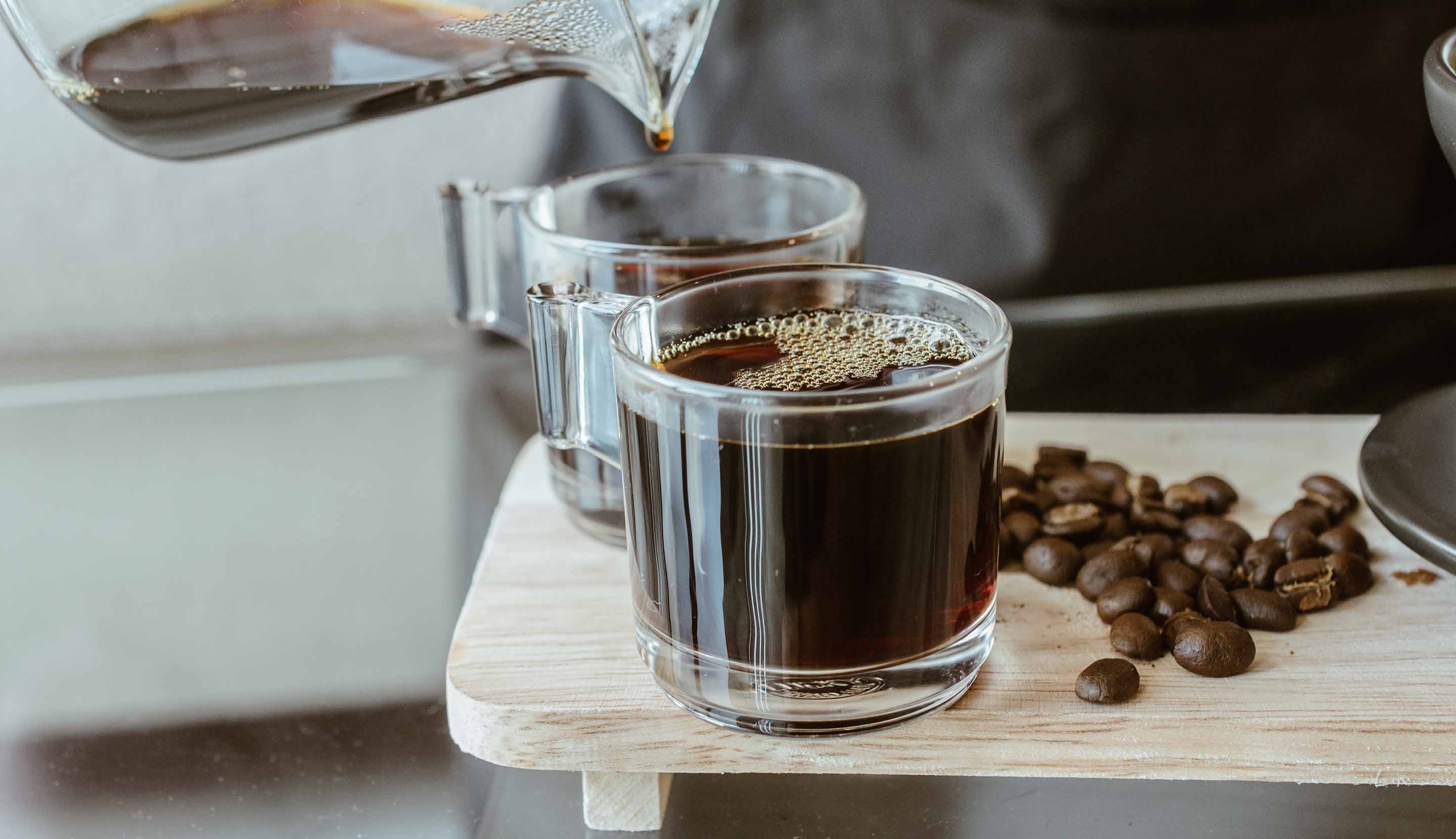Coffee cup size guide
| Type of Coffee Cup | ⠀⠀⠀⠀ | Approx. Measurement |
| Espresso cup | ⠀⠀⠀⠀ | 60ml |
| Cappuccino cup | ⠀⠀⠀⠀ | 180ml |
| Flat white cup | ⠀⠀⠀⠀ | 160ml |
| Standard mug | ⠀⠀⠀⠀ | 350ml |
| Macchiato cup | ⠀⠀⠀⠀ | 60ml |
| Bol | ⠀⠀⠀⠀ | 160ml |
| Latte glasses | ⠀⠀⠀⠀ | 220ml |
| Cortado glass | ⠀⠀⠀⠀ | 135ml |
| Irish coffee glass | ⠀⠀⠀⠀ | 250ml |
| Turkish coffee cup | ⠀⠀⠀⠀ | 75ml |
Approx. 350ml in size
The standard coffee mug
For most of us at home, we have a special mug that we drink our favourite NESCAFÉ® coffee from. Whether it’s personalised, giant, self-stirring, or one you’ve had for years, we all have our favourite coffee cup in the cupboard.

Approx. 60ml in size
The espresso cup
An espresso cup, also known as a demitasse cup - the French word for half cup, is the smallest of the coffee cups. The cup, though small, tends to be narrower at the base, and wider at the rim.
It’s important that the espresso cup is not too big, as this can cause the crema to spread out, become too thin, and fade quickly. A larger coffee cup also affects the temperature of the espresso and it can become too cold quickly, exposing it to too much air, and, as we know, there is more to an espresso than simply shotting it, it’s all about the experience. Macchiatos are also served in espresso cups.
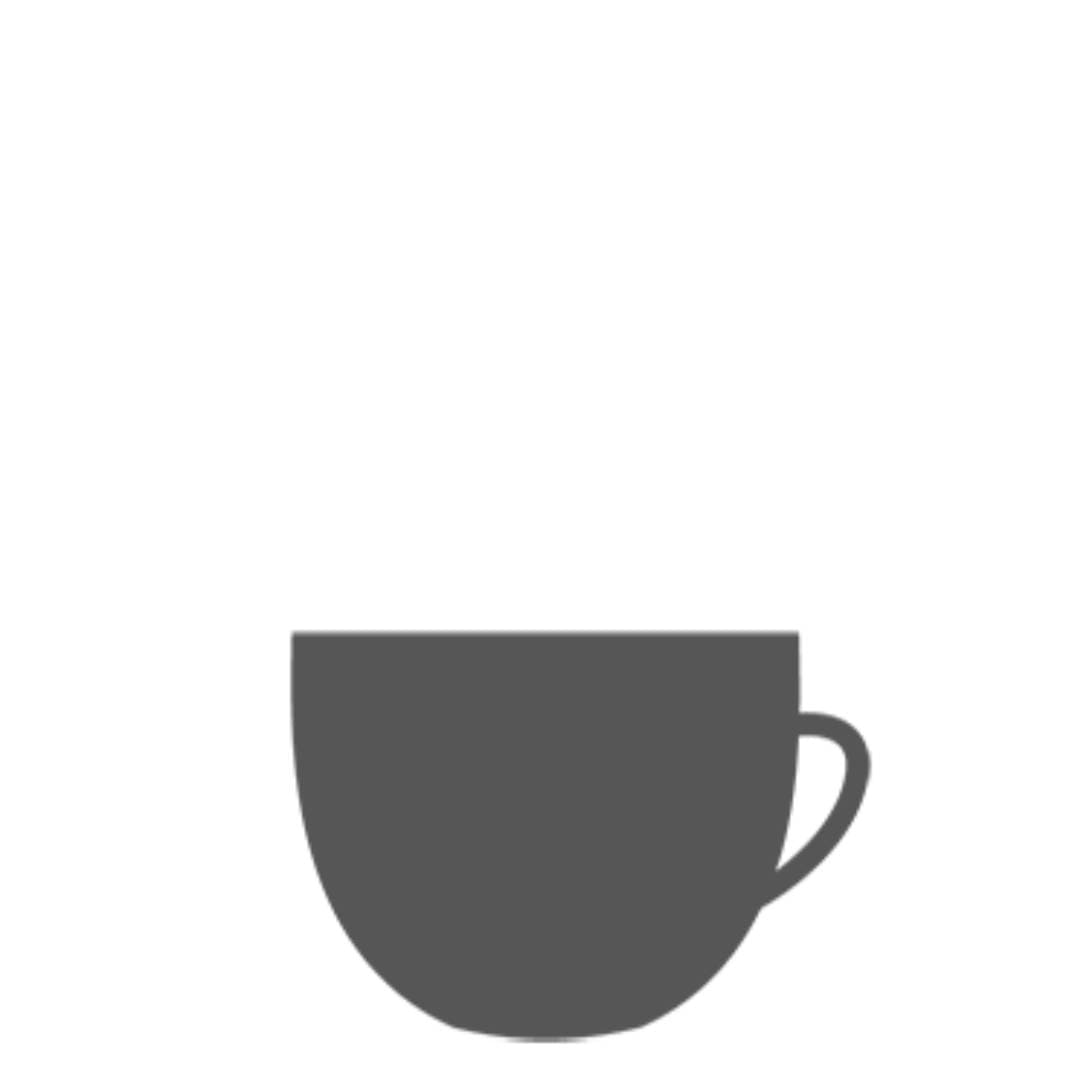
Approx. 180ml in size
The cappuccino cup
The Italian cappuccino cup is smaller than the standard cappuccino coffee cup. Most cappuccino cups are also narrower at the base and wider at the rim. This is for the same reasons as the espresso cup, except with the cappuccino cup, the espresso shot remains more concentrated in a narrow base. This dome-shaped cup will also allow the perfect foam topping. Cappuccino cups should also have matching saucers. Americano coffee drinks are also served in these types of cups.

Approx. 160ml in size
The flat white cup
Served correctly, the flat white cup is similar to the cappuccino cup, but smaller in size and shaped like a tulip, being narrower at the rim. The size of the flat white cup allows the coffee flavour to remain prominent, as well as have a silky smooth and creamy texture.
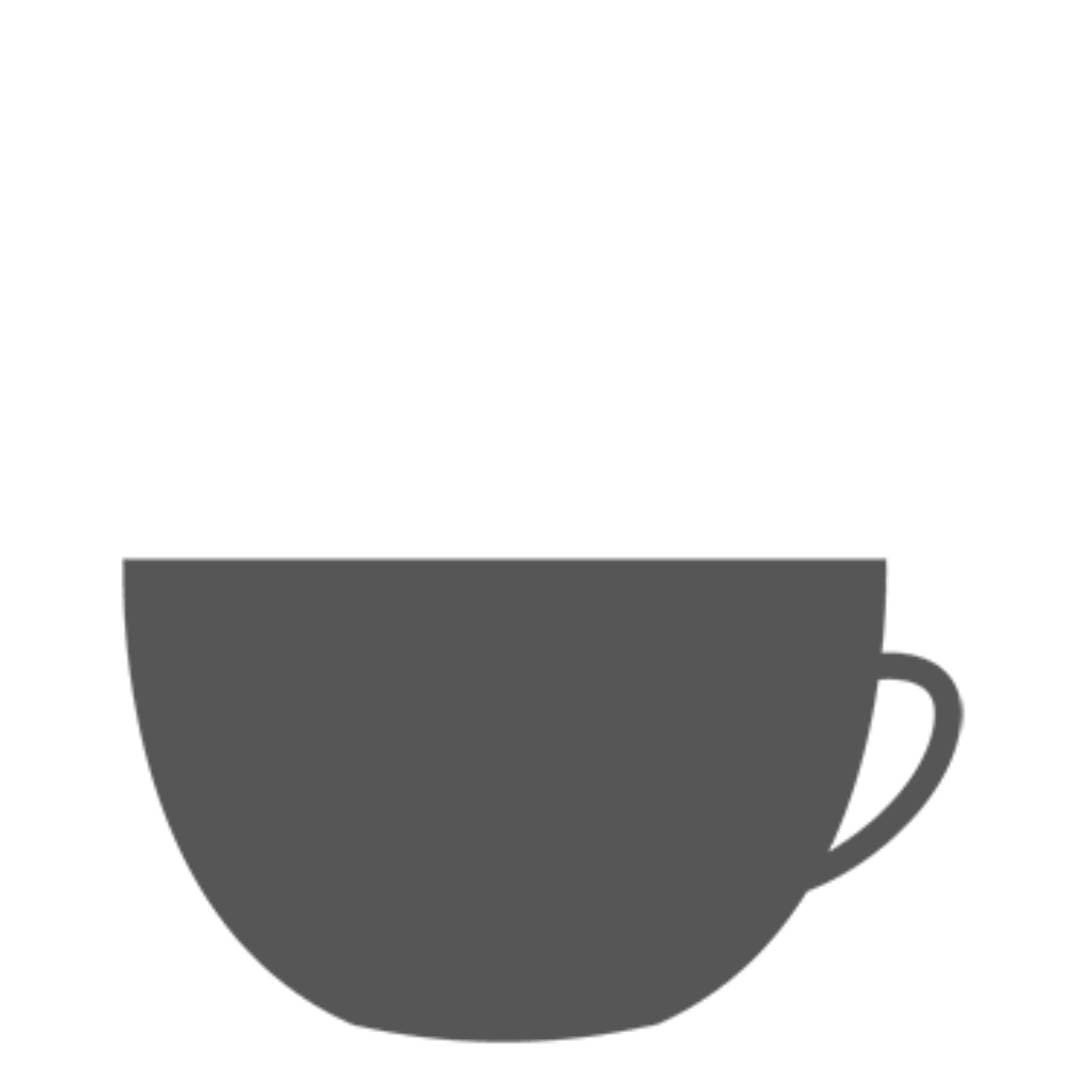
Approx. 160ml in size
The Bol
With French coffee, it’s common to drink a café au lait from a bowl-type coffee cup called a bol, which is usually made out of porcelain. When drinking café au lait from a bol, it should be held with both hands, as they tend to not have handles, and drunk like soup.

Approx. 220ml in size
Latte glasses
Lattes can also be served in a bowl like mug, but one that is typically larger than a cappuccino cup. This makes is easier to pour the steamed milk over the espresso, and maybe even create some latte art.
However, typically and historically, the Italians have served their lattes in tall latte glasses. This is widely believed that it’s because it shows off the perfect layers of a latte. Latte glasses also help baristas achieve the right quantity of espresso, milk and foam.
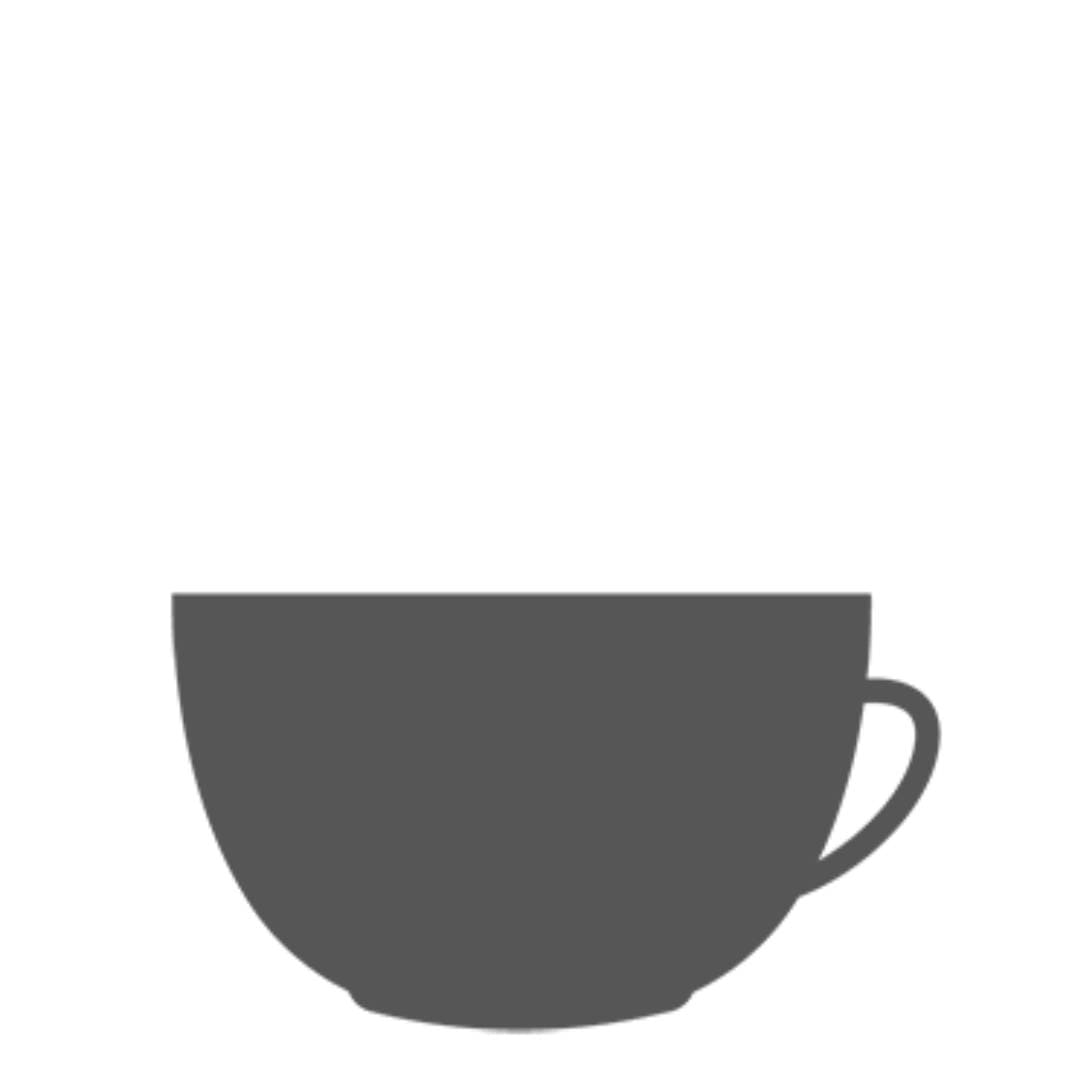
Approx. 135ml in size
The cortado glass
The cortado is quite a new face in the world of coffee. Starting in the Blue Bottle Café in San Francisco, Gibraltar tumblers were used to make this drink. Being a little too small for their cupping coffee, the baristas started accidentally making cortados in these glasses.
Founder, James Freeman, says the Gibraltar as a cortado glass “has had surprising international success, appearing on menus in the United States, Europe, and Japan".
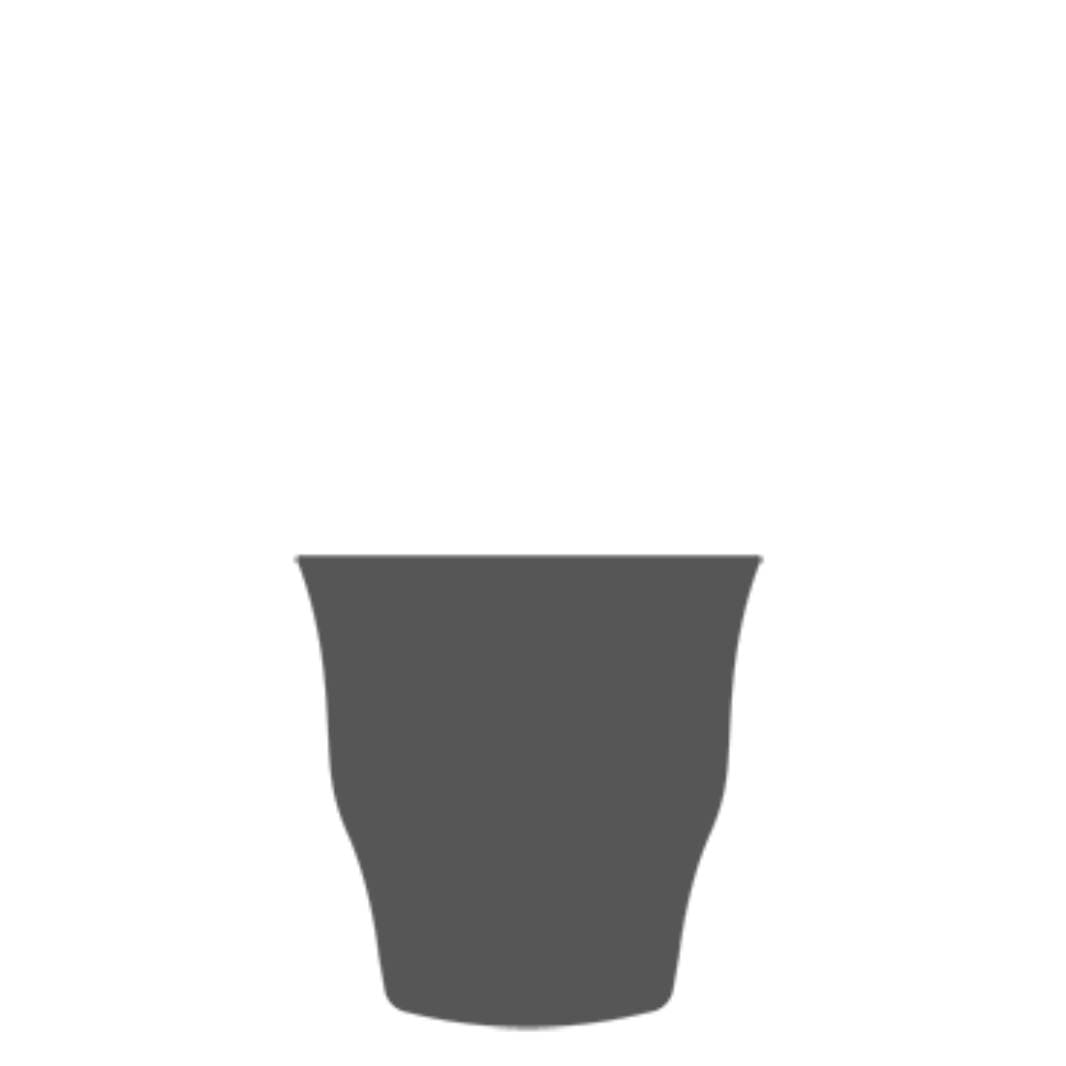
Approx. 250ml in size
The Irish coffee glass
The Irish coffee glass, unlike a standard coffee cup, is made from glass and has a short stem to elevate the drink. Some versions feature a handle, while most are compared to stout wine glasses. As the Irish coffee glass is clear, it allows its drinker to see its beautiful layering of coffee and cream.

Approx. 75ml in size
The Turkish coffee cup
To make Turkish coffee, an ibrik or cezve, the name of the pot with a long handle, is used for brewing. Then, it’s poured into a separate coffee cup. Often referred to as a demitasse cup, the Turkish coffee cup is in fact different to ones used for espresso.
Turkish coffee has a much higher temperature than espresso because of how it’s made. Therefore, the coffee cup must withstand the temperature and hold a steady high temperature as the coffee grounds settle. This coffee drink is also designed to be enjoyed for a long time, not shot like espresso. Turkish coffee cups are often made of porcelain and have the right level of thickness to maintain this temperature.
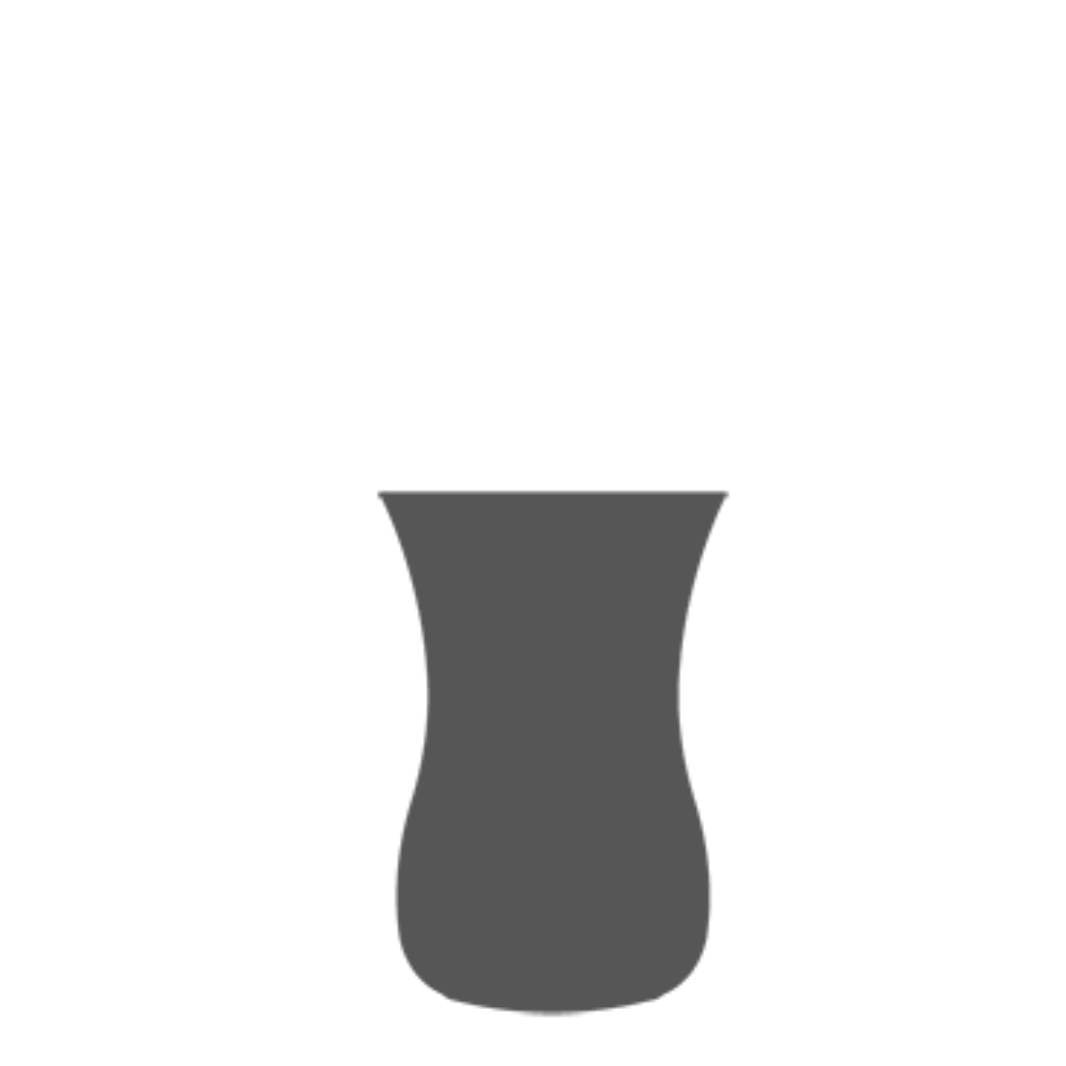
Now that we’ve discovered the types of coffee cups out there to give us all the at-home coffee shop experience, why not come back another time to read our Coffee Strength & Flavour guide. After all, we always want our favourite coffee, wherever we are in the world.



Other articles you might be interested in

